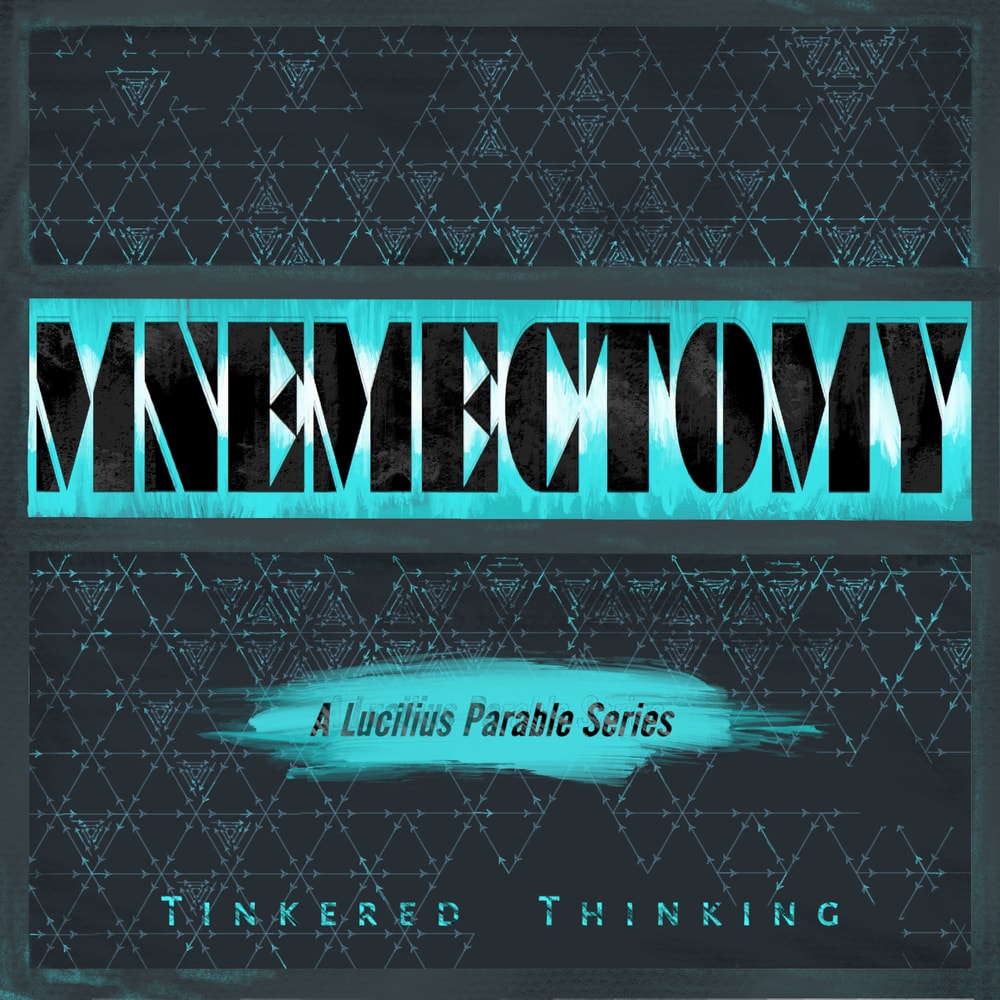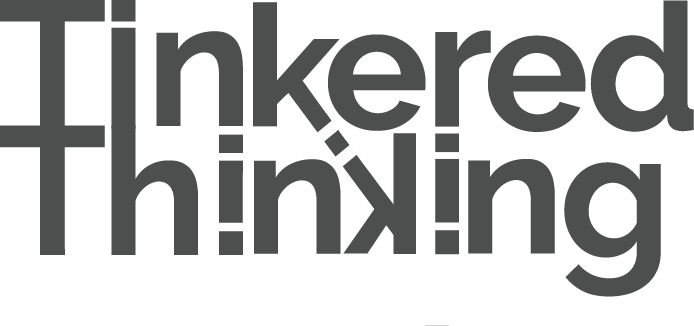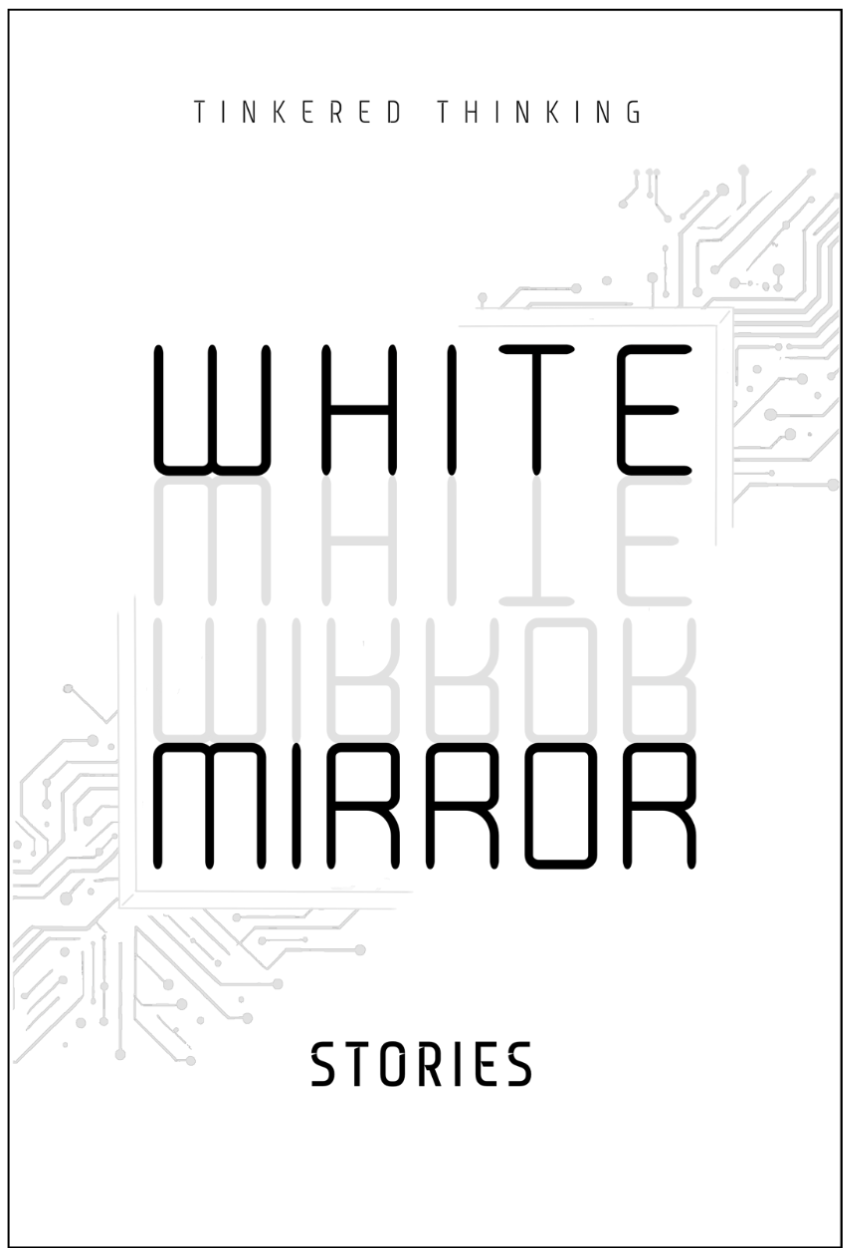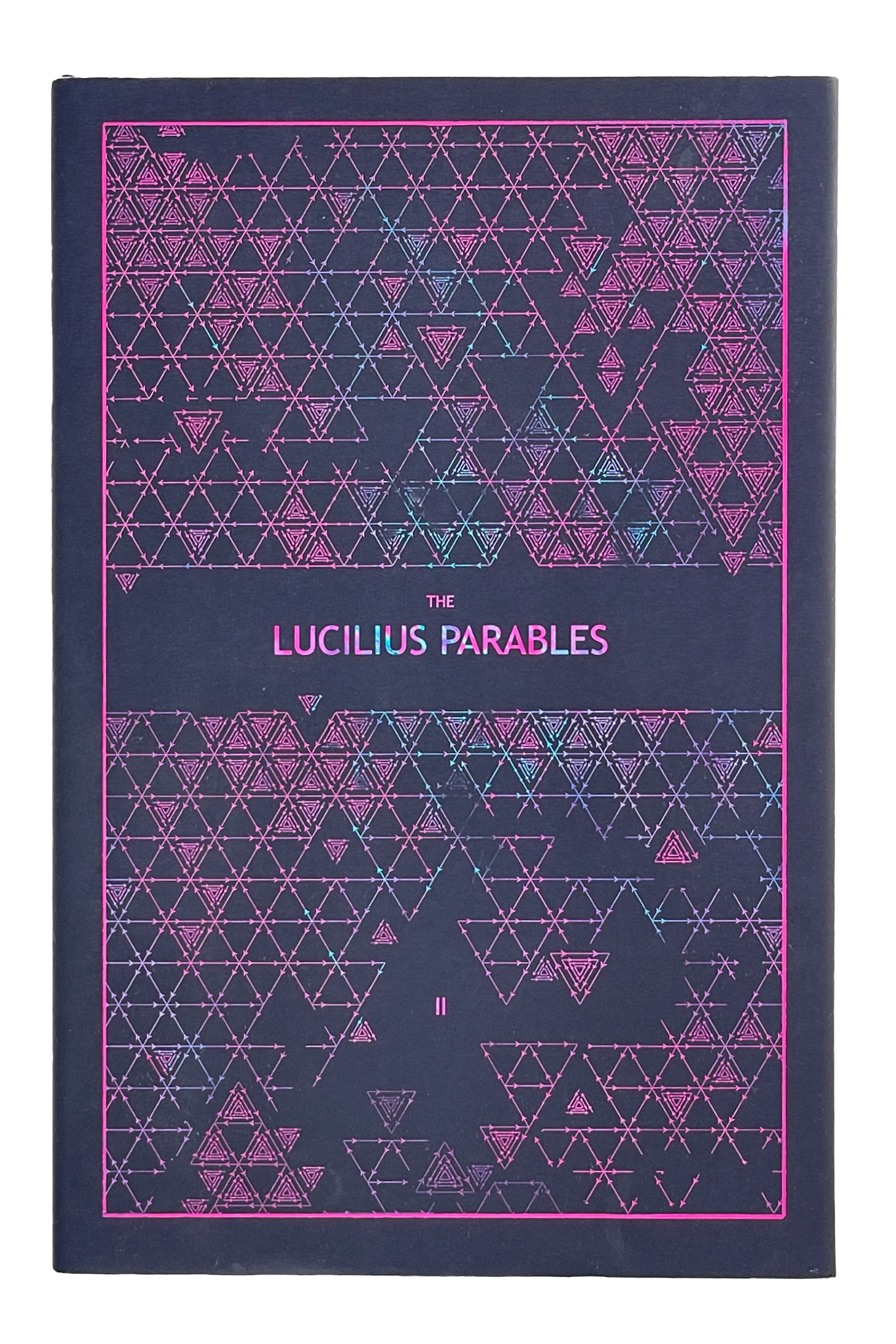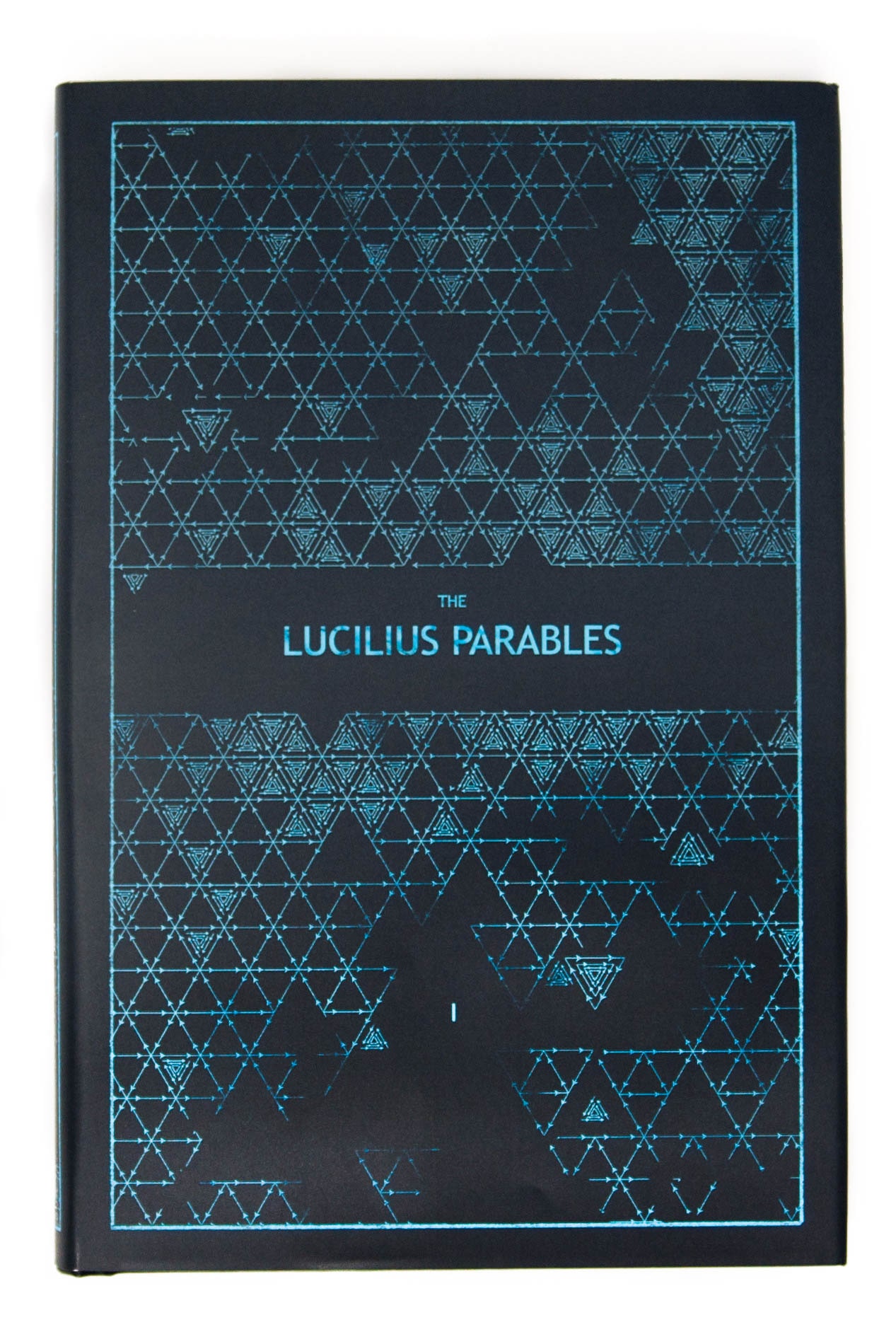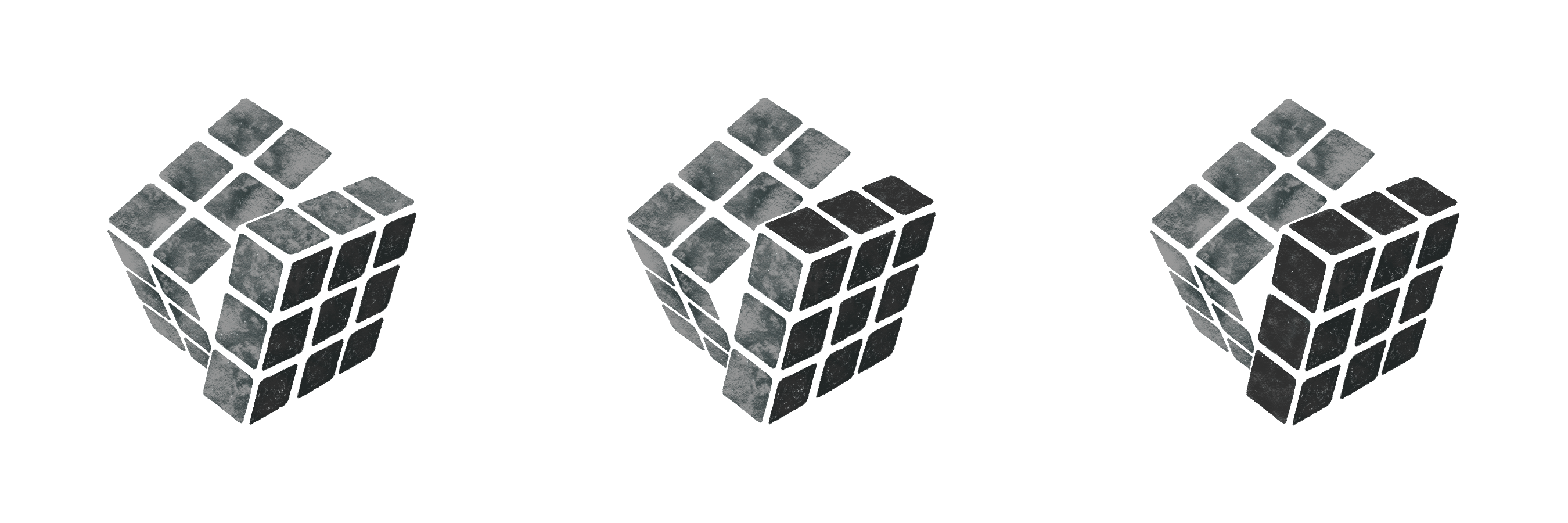Daily, snackable writings to spur changes in thinking.
Building a blueprint for a better brain by tinkering with the code.
subscribe
rss Feeds
SPIN CHESS
A Chess app from Tinkered Thinking featuring a variant of chess that bridges all skill levels!
REPAUSE
A meditation app is forthcoming. Stay Tuned.
SOUL OF THE MONSTER
March 4th, 2020
What is art?
Your basic dictionary definition says something like this:
the expression or application of human creative skill and imagination
It goes on to say that it’s typically visual or musical, the stuff you’d expect.
But what else can fit under this umbrella of human skill and imagination that we don’t usually categorize as art. Does the user interface of an app count as a form of art? Is conversation a kind of art? What about the sewage system or the way that we collect and transport garbage? All of these are the result of some sort of application of human creativity and imagination. Even if they aren’t particularly beautiful or even if they seem as though they might be in dire need of improvement, these things are the result of some human or group of people problem solving. And what is the solution to a problem but some degree of imaginative creativity.
If we pick the lock on the word ‘Art’, open the door and venture down into it’s etymological history, we end up with a proto-indo European root comprised of just the two letters ‘ar-‘ Going back that far, the root means generically “to fit together,” as we might fit together legos.
Art, if we take it back down to it’s most basic, just means putting two things together in a way that makes a lot of sense, either for reasons of beauty, practicality or play.
This is one of the central points of Robert Pirsig’s book Zen and the Art of Motorcycle Maintenance. In this book, there is a fascinating scene where a sculptor is having a frustrating time putting a chicken rotisserie together. The main character takes over the effort and explains that the rotisserie is actually a type of sculpture, albeit one that requires instructions and a step by step process, but nonetheless still a sculpture that shares it’s genealogical roots with the same sculptures that his artist friend creates.
With this understanding in mind we can see that even
a computer is simply an exquisitely complicated sculpture.
For the person you might intuitively describe as an artist, this definition of art might sound uncomfortable enough to even seem heretical. But there in lies the rub: Art transforms itself regardless of whether the artist is willing to keep up and continue to change with it. Once long ago, the poets wrote of splendid and happy things, like love and simply plain joy. But the happy subject was usurped, at first by advertising, and now by pop songs.
Or was it? Was the subject taken or did it leave of it’s own accord for a new transformation, like a person moving to a new city to try and have a new life?
Today, the pop song is the poetry of joy, of ecstasy, of simple good feelings that are mere limp platitudes in any other form.
It was the disgruntled poet who could not keep the muse, nor go along for the transformative ride, not the other way around. The enduring artist doesn’t just reinvent themselves in order to keep up with the art, the artist has to be willing to see any and all forms of creation as art, even those realms that are hidden in plain sight as things that we would never call art.
Categorization and identity become hindrances for the artist who is unwilling to give up something about these identities.
Art, however, is unafraid of changing into a form totally unrecognizable. Whether that be thousands of lines of code, or a new concept born in some non fiction writing. Art is a kind of shape-shifting monster that is unafraid of completely abandoning it’s form, shedding, not just it’s skin, but every aspect of it’s entire being in order to inhabit some new connection between things that the human mind has realized might fit together.
It’s perhaps fitting that so many fear novel innovation – the pace of technology, suspicious of a tomorrow that our creativity seems hell bent on taking us.
And this all might sound like mere generic progress. At best perhaps just technological progress. But note a trend that usually takes place with such progress, especially the material – technological kind. First it appears in it’s most basic form. A form that attempts to elicit the new practicality that arises from ideas being put together in a new way. It still doesn’t often work very well in this initial form, but on top of that, the initial form is usually fairly ugly. Just think about the personal computer. But with time, as the practical innovation becomes more efficient and useful, it has added to it other attributes that we normally think of as ‘art’ all on it’s own. Apple has become a superstar in some measure because they sought to blend the practical art of hardware and software development with the more traditional art of sleek beauty and aesthetics.
(It can perhaps even be argued that there’s ultimately not much difference between the practical art and the aesthetic, but that’s a dimension of argument and exploration that we’ll leave on the other side of the portal.)
The underlying utility of such a discussion of art and it’s various forms is to apply it to one’s self. The person who can not simply reinvent themselves, but quite literally become something else not only exercises their creativity, such a person is an act of creation.
We can become a piece of art ourselves by becoming an intersection where we vacuum up the loose ends of the world and tie them together in novel, useful and beautiful ways.
The real artist doesn’t just make art.
The real artist is art.
-compressed.jpg)
